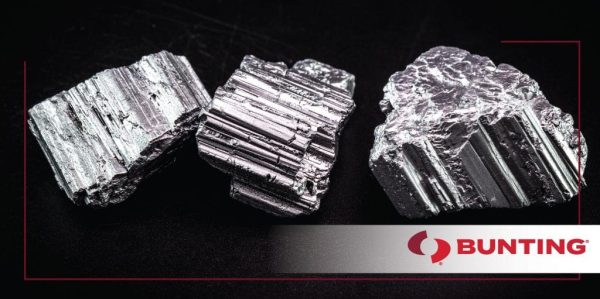Commonly referred to as neo magnets, neodymium iron boron magnets, or NdFeB magnets, these magnets stand out as the most potent commercially accessible magnetic materials. Simultaneously, they possess a remarkable ability to be compact, rendering them exceptionally practical and adaptable.
Their applications span across various industries:
- Medical Equipment: Utilized in advanced medical devices such as MRI machines and other diagnostic equipment.
- Consumer Electronics: Integrated into everyday gadgets like mobile phones, speakers, headphones, and computer hard drives.
- Transportation: Essential components in motors for hybrid and electric vehicles.
- Industrial Machinery: Employed in industrial settings for applications like lifting equipment and magnetic separators.
- Renewable Energy: Found in generators for solar power and wind turbines, contributing to sustainable energy solutions.

What are neodymium magnets made of?
Neodymium magnets primarily consist of the rare earth element neodymium. Despite the label “rare earth elements,” these substances can be surprisingly abundant in the Earth’s crust, with neodymium, for instance, surpassing the abundance of gold.
The term “rare earth elements” is somewhat misleading as it stems from their late discovery, long after many ‘common’ elements had been identified. Additionally, the complexity and time-intensive nature of obtaining pure forms of these elements contribute to the name.
In the composition of neodymium magnets, neodymium is typically combined with iron and boron, resulting in the chemical formula Nd2Fe14B. Together, these elements create a highly magnetic crystalline structure.

What are the main methods for manufacturing neodymium magnets?
Manufacturers employ two primary techniques in the production of neodymium magnets: sintering and bonding.
Sintering is a process where materials are compressed under extreme heat and pressure until they fuse together. The initial step involves vacuum-heating rare earth metal particles and complementary materials in a furnace. The resulting mixture is then cooled, shaped into ingots, milled into small grains, and pressed into a mold. Subsequently, the material undergoes magnetization and demagnetization. At this stage, it remains too brittle for practical use. Sintering occurs in an oxygen-free environment, bringing the material close to its melting point, fusing the particles together. The material is then rapidly cooled, enhancing its durability.
On the other hand, bonding begins with grinding the NdFeB alloy into a fine powder, which is then combined with a polymer substance. These bonded magnets serve a dual purpose, acting not only as end-use magnets but also as integral components in various products. Compared to other magnet types, bonded magnets typically contain a higher proportion of iron and reduced neodymium content.
The production of bonded magnets can be achieved through several methods such as injection molding, extrusion, calendering, or compression bonding. In injection molding, a thermoplastic compound is melted and injected into a mold. Once injected, it cools and solidifies into the desired shape.
How are Neodymium magnets made?
Regardless of whether magnets undergo the sintering or bonding process, the induction of a magnetic field is an essential step in rendering a material magnetic.
During sintering, this magnetic field is applied as the powder is heated and melted, utilizing magnetic energy from an electrified wire coil. Subsequently, as the magnetic powder is compacted into a mold, another magnetic field is applied to align the magnetism in the desired direction. In the case of bonded magnets, magnetization takes place during the formation of the magnet.
Regardless of the manufacturing process employed, neodymium magnets must undergo demagnetization and then be coated with a protective layer due to their brittle structure and vulnerability to corrosion. Once the chosen plating material is applied, the re-magnetization process takes place. The magnet is once again placed within an electrified coil, ensuring a lasting magnetism.

While the magnet production process is intricate and demands careful attention, it is vital to adhere to each step. Magnets, especially powerful neodymium magnets, often fulfill critical roles in equipment or safety features. Therefore, precision and skill in manufacturing are crucial to ensure their reliable performance in daily applications.
Bunting designs and manufactures a wide range of magnets and magnetic assemblies. Many are bespoke for specific applications. For further information on any of the products mentioned in this review, or for bespoke magnet assemblies and magnet designs, please contact us via:
Phone: +44 (0) 1442 875081
Email: eMagnets@buntingmagnetics.com
Via Bunting-eMagnets for online purchase of Magnets and Magnetic Technology
